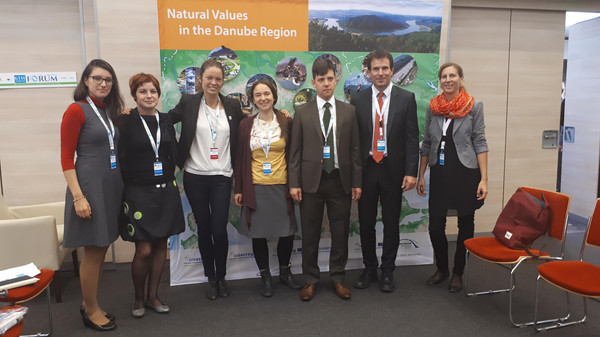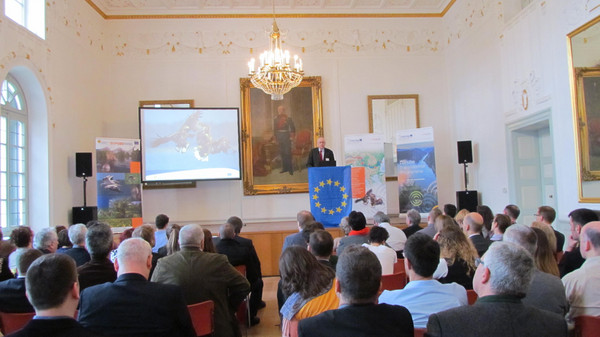Expected results
LIFE WILDisland is a unique opportunity for concerted action by a transnational consortium for Danube-wide improvement and restoration of alluvial forests with Alnus glutinosa and Fraxinus excelsior (Alno-Padion, Alnion incanae, Salicion albae). Across all Danube countries, in total, 34 islands will be restored, with direct positive impact on 91E0* habitats on 1,267 ha.
The project provides for the following overall results:
Establish Danube-wide cooperation: 3,000 river-km, 15 partners, 8 Danube countries;
Preserve 147 WILDislands to strengthen ecological connectivity;
Promote 14,000 ha of wilderness;
Re-dynamize waterbodies (48 km), restore floodplains (1,444 ha);
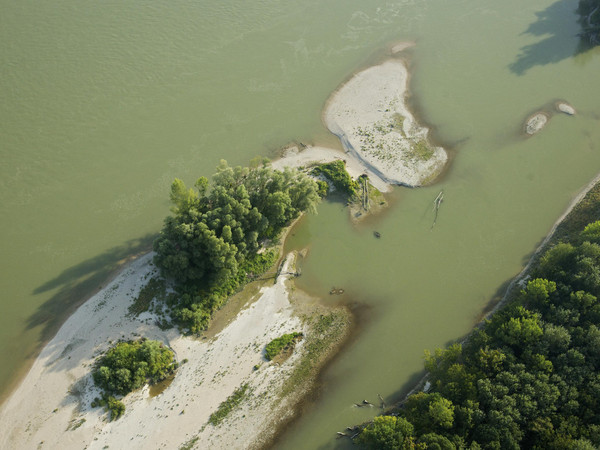
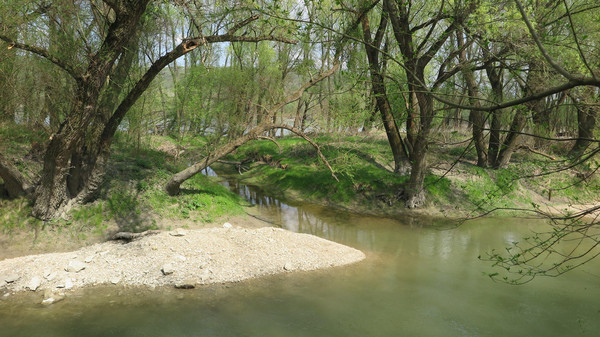
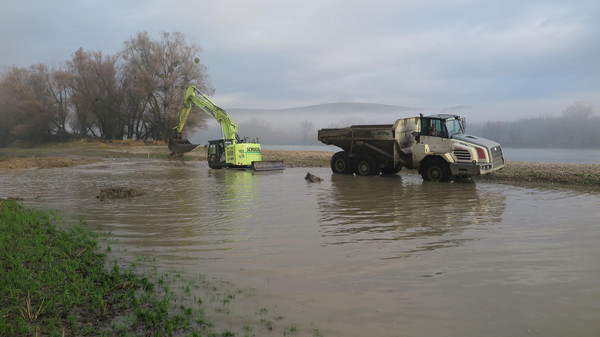
Direct conservation:
Restore 91E0* alluvial forests on 102 ha through the implementation of three island restoration measures in Upper Danube sections heavily impacted by hydropower;
Implement five ecological engineering projects and optimize Grey Infrastructure (navigation), resulting in the revitalization of river dynamics and restoration of the hydrological regime for 91E0* alluvial forests of 437 ha in close cooperation with waterway administrations;
Restore 6 islands and habitats of 91E0* on 376 ha in the Middle and Lower Danube through sediment management.
Restore 351,9 ha of 91E0* alluvial forests through transformation of hybrid poplar plantations, reforestation, and invasive alien species management in cooperation with the forestry sector;
Policy and awareness:
Develop the conservation strategy and prepare the multilateral WILDisland RAMSAR Regional Initiative for the WILDisland habitat corridor (147 islands Cat. A), with new (strictly) protected areas on 196,7 ha
Deliver best-practice example for transnational cooperation: 9 Protected Areas, actions covering 39 Natura 2000 sites;
Help provide better protection for some 900 islands across more than 138,000 ha;
Raise awareness for pristine nature in Europe, through a Danube-wide campaign, reaching >8 Million people to also enhances the visibility of the Natura 2000 network.
